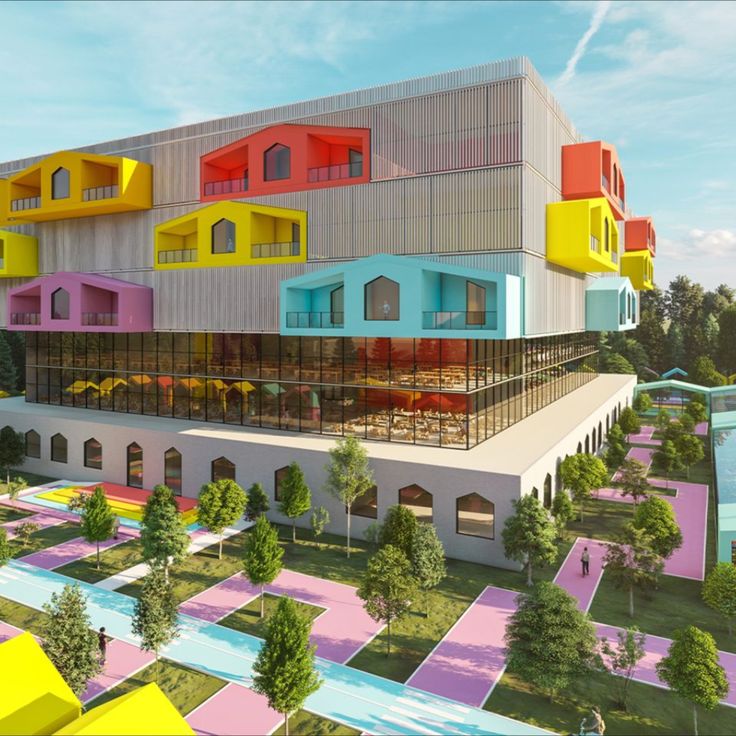Introduction
As we look towards the future, there’s a growing emphasis on the importance of education and creating spaces that cater to this generation’s needs. It is imperative that schools are built, not just on the foundations of traditional learning, but also taking into account the vast possibilities of modern educational practices. School governors play a vital role in this process, ensuring that future schools are designed and constructed to facilitate the best possible learning experience for students.
The Role of Governors in Building Schools for the Future
School governors are key stakeholders in shaping the future education landscape. They contribute their unique perspectives, understanding, and expertise to ensure schools provide an optimal learning environment. Here is how governors can get involved in building schools for the future:
1.Vision and Strategy
Governors must collaborate with school leadership teams, architects, and local authorities to create a shared vision for the future school. This vision should encompass not only short-term goals but also long-term ambitions. Encourage open communication and collaboration to ensure everyone is aligned with this shared vision.
2.Funding Procurement
One of the most challenging aspects of building schools is securing adequate funding. Governors must keep up-to-date with available grants, government support schemes, or even liaise with private investors to facilitate funding for new projects. They must also be accountable for the school’s financial management and ensure funds are used appropriately and efficiently.
3.Community Engagement
Governors should actively engage with local residents and parents to get insights into expectations, needs, and concerns surrounding new school projects. This collaboration will foster a strong sense of community ownership over these projects as well as help identify potential issues early in the planning phase.
4.Ensuring Sustainable Design
Sustainability has become an increasingly significant factor when constructing new buildings; school governors have a responsibility to ensure that schools are built using sustainable materials and energy-efficient technologies as well as incorporating green spaces for student wellbeing.
5.Monitoring Progress
Throughout the planning and construction phases, governors should closely monitor progress and maintain regular communication with all involved parties. Accountability and transparency are key in ensuring successful completion and long-term viability of the new school projects.
6.Evaluation and Continuous Improvement
No project is perfect from inception, and it’s essential to learn from previous endeavours to make improvements in future projects. Governors should oversee post-occupancy evaluations, assess the impact of the new school environment on student outcomes, and strive towards continuous improvement in future building projects.
Conclusion
The involvement of governors is crucial in building schools for the future. Their leadership, vision and dedication play an essential role in creating modern, sustainable educational spaces that cater to the diverse needs and learning styles of students. By understanding their responsibilities and collaborating with community members, local authorities, school leaders, architects, and other relevant stakeholders, school governors can contribute significantly to the development of schools that will shape the future of education for generations to come.




